Out of all of John Carpenter’s work, “Christine” does not get the love it deserves and is due for reappraisal on its 40th anniversary.
Often overlooked within the body of John Carpenter’s work, Christine is one of the few occasions where Carpenter has directed a film that is not based on his own original work.
It also marks the one and only time that Carpenter would work with Stephen King. The pair had come close to collaborating on an adaption of Firestarter. However, due to the poor box office performance of The Thing (1982), Mark L Lester replaced Carpenter, and Firestarter later made it to the screen in 1984 with a young Drew Barrymore in the lead role.
Following the success of the classic mini-series adaption of Salem’s Lot in 1979, producer Richard Kobritz was given the pick of several Stephen King projects. These included two yet-to-be-released manuscripts; the first was Cujo, and the other was Christine. Korbits opted to go with Christine because, as he said, the book was a “celebration of America’s obsession with the motorcar.”
Korbits approached Carpenter, who was still reeling from the box-office disappointment of The Thing and was desperate to shoot something a little less gory. Filming began in April 1983, with the book released only a few days before.
Christine follows the story of Arnie Cunningham, a socially awkward high school student who, after purchasing a beat-up classic car, undergoes a serious personality change with deadly consequences. Unknowingly, Arnie has purchased a car with a mind of its own and murderous intent towards anyone who gets between them.
On its surface, Christine plays as a simple killer car movie, but scratch the paintwork, and you find a story of obsession, isolation, adolescence, and identity.
From the moment he spots Christine, Arnie becomes utterly obsessed, an obsession that inevitably leads to his destruction and isolation from his friends and family.
It plays out as a wonderful metaphor for the struggles that many teenagers go through — an examination of the consequences of an all-consuming relationship with a toxic partner. In this instance, the partner happens to be a murderous, supernatural red-and-white 1958 Plymouth Fury.
Time has not been friendly to some elements of Christine, in particular the dialogue, which at times has more in common with Porky’s (1981). The male characters are obsessed with “getting laid” and spend a large proportion of time objectifying the women around them.
Arnie is played by a delightfully over-the-top Keith Gordan, channeling Jerry Lewis, all awkwardness, and thick-rimmed glasses.
However, thanks to the demonic charms of Christine, Arnie soon channels Dean Martain and becomes a 1950s-style heartthrob, landing the girl that every guy wants.
Gordan manages to tread that fine line of making Arnie sympathetic to the audience, thus making his downfall even more tragic. Interestingly, the role of Arnie originally went to Kevin Beacon, who pulled out just before filming to make Footloose (1984).
Christine is backed up with some strong performances from the supporting cast. John Stockwell, as Arnie’s best friend Dennis, delivers a sensitive performance. However, it’s the veteran cast of character actors that almost walk away with the film. Harry Dean Stanton is great as the police detective Junkins. But for me, Robert Prosky, as the gruff garage owner Darnell, steals pretty much every scene he is in.
The real star of the film, of course, is Christine, and Carpenter does a fantastic job of anthropomorphizing the car.
Carpenter uses lighting to enhance this, for example, dark and shadowy lighting is often employed in scenes involving the car Christine, to create an eerie and ominous feeling. In contrast, well-lit scenes in the high school and other everyday locations highlight the contrast between the normal and the supernatural.
Carpenter often employs low-angle shots of the car to emphasize her imposing presence. During the film’s climatic confrontation, the damage that Christine sustains turns her damaged grill into a snarling set of jagged teeth.
The film remains surprisingly faithful to King’s book with one notable exception. In the book, it’s the evil spirit of Christine’s former owner, Roland LeBay, who possesses the car and begins influencing Arnie.
Instead, Carpenter and writer Bill Phillips made the decision to make the car evil itself. The fact that Christine maims one factory worker and kills another before she even leaves the production is a pretty good way to emphasize that point.
In an initial draft of the script, Lebay would be sat in the back of the car, very much in the vein of Griffin Dunne’s decomposing character Jack in An American Werewolf in London (1981).
Christine has a wonderfully panoramic shot composition, that classic fluidity of camera movement, all combined with minimalist writing. Let us not forget the stellar score by Carpenter and Howarth combined with some of the best 1950s rock n roll.
Like the killer car itself, the 1958 Plymouth Fury, John Carpenter’s Christine is a timeless classic that never goes out of style — a gorgeous-looking film full of great set pieces and fantastic music that deftly crafts its chills.


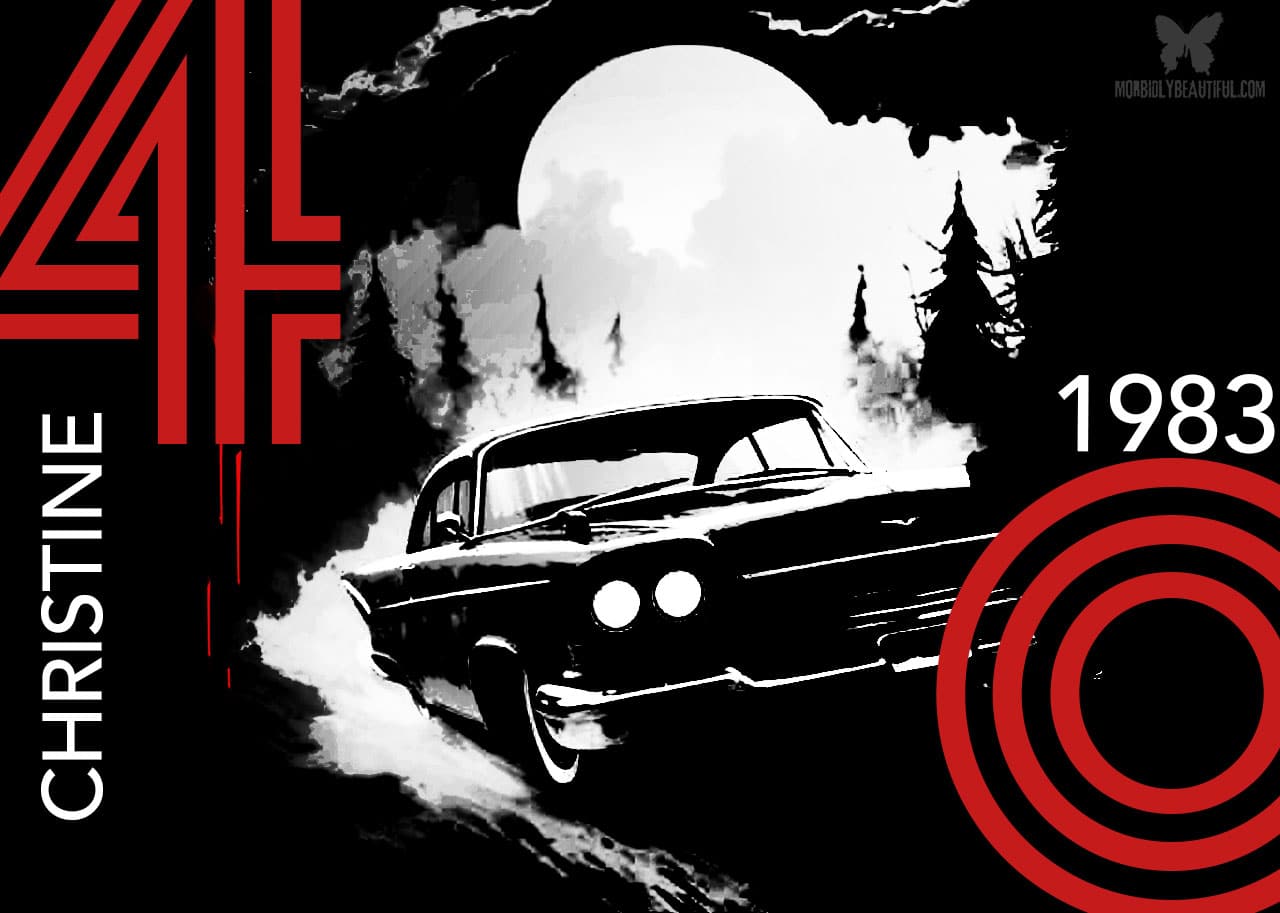

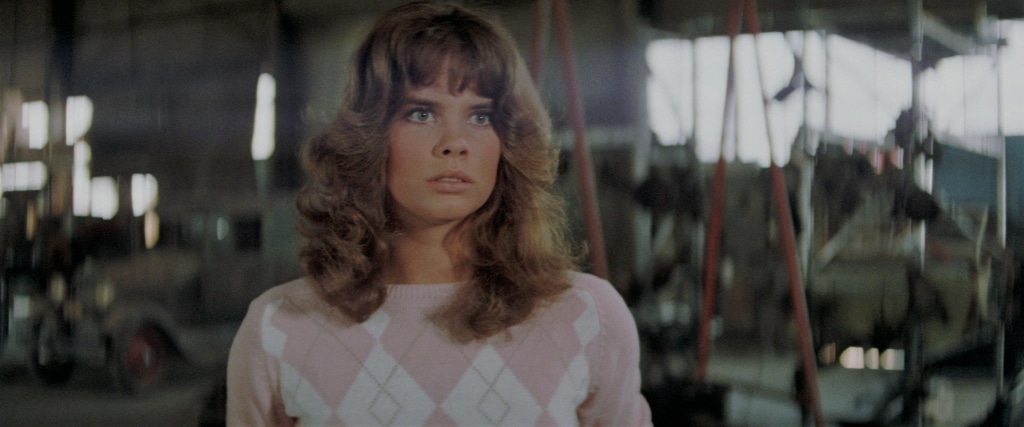


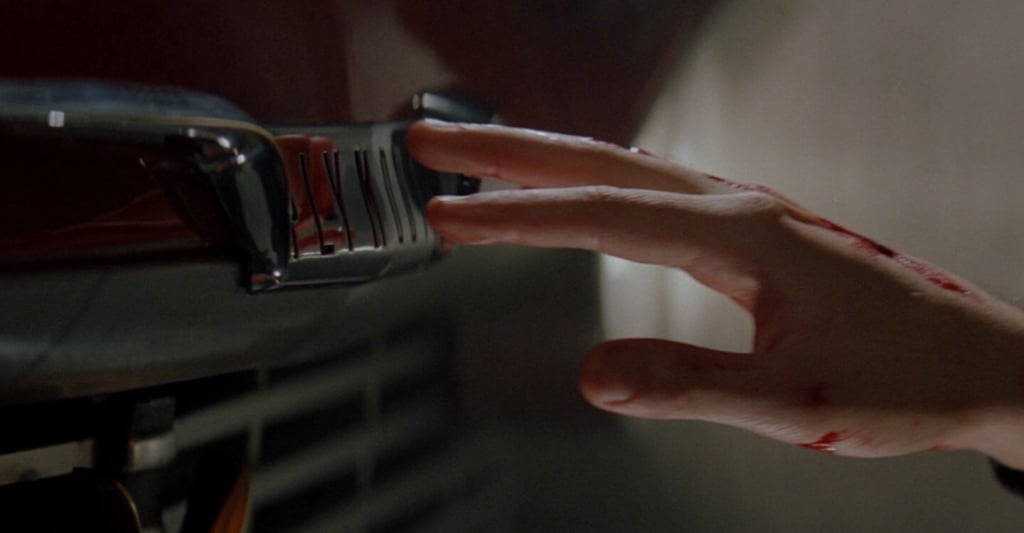

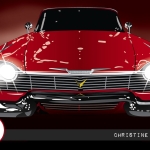

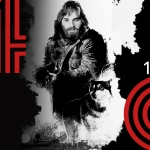







Follow Us!